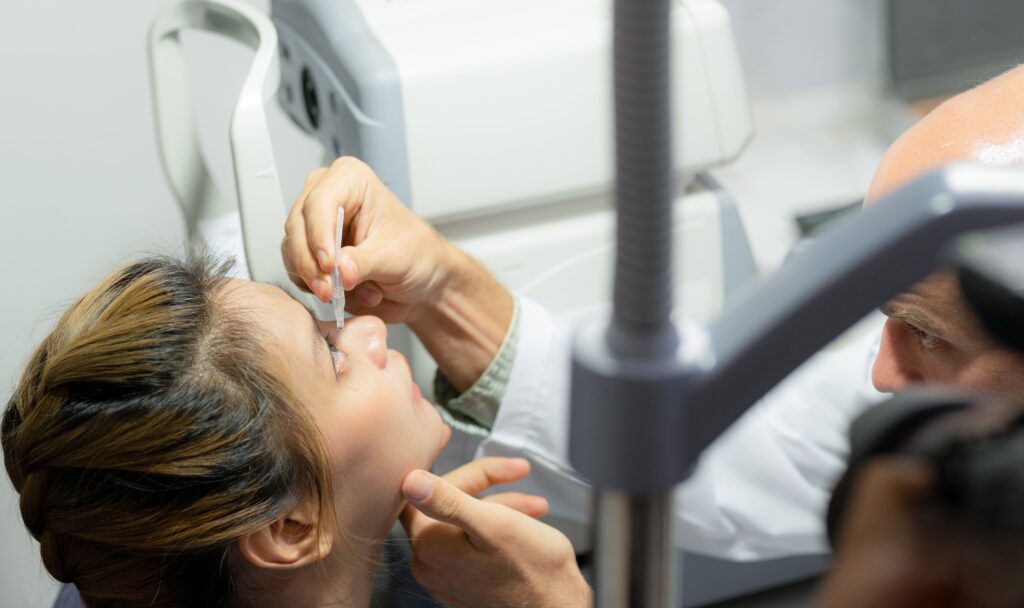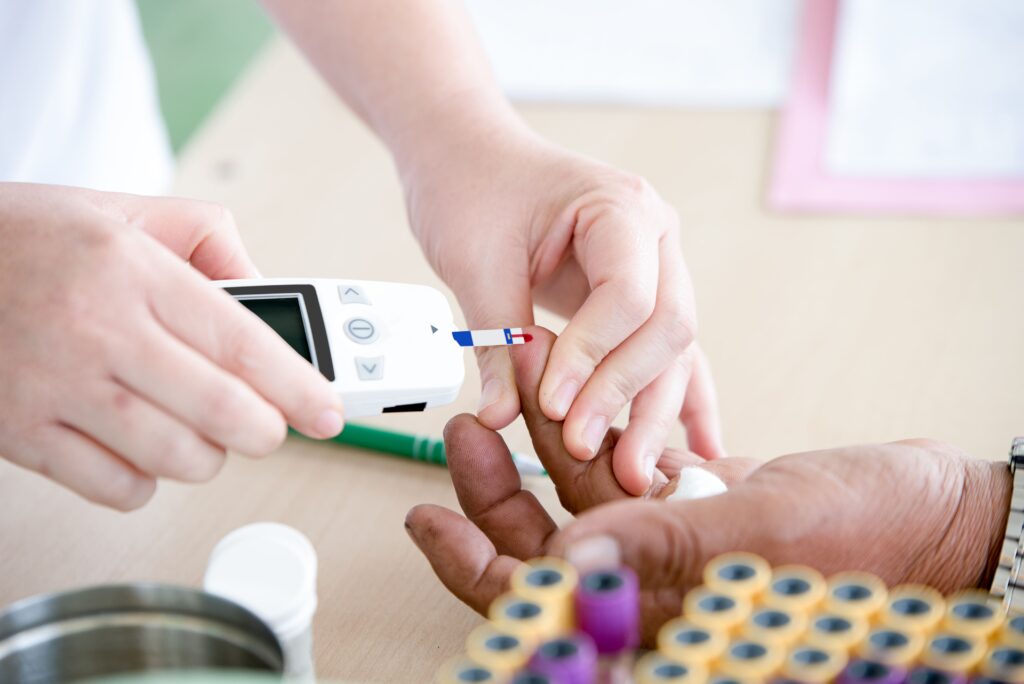Diabetes is a severe condition that affects 37.3 million people nationwide—that’s 11.3% of the US population. Unfortunately, with skyrocketing obesity rates, cardiac problems, and genetic issues, Americans are a prime target.
People with diabetes are at an increased risk of developing numerous conditions, including those linked to eye health. Prevalent eye conditions can be diabetic retinopathy, diabetic macular edema, glaucoma, and, most commonly, cataracts. That’s why diabetic eye exams are so strongly recommended by healthcare professionals.
Understanding the Link between Diabetes and Cataracts
Diabetes and cataracts share a complex relationship. Diabetes is a systemic disease that affects how your body manages and processes sugar in your bloodstream. It is recognized during diabetic eye exams as a cause for the development and progression of cataracts—but that does not mean all cataracts come from diabetes.
Depending on the type of diabetes you have, your body may affect or limit the amount of insulin you have—a hormone your blood cells use to access sugar in your bloodstream. Prolonged exposure to high blood sugar levels can increase the risk of several health conditions, including some that affect your eyes. As high blood sugar damages your retina’s blood vessels, your crystalline lens is weakened.
Managing Diabetes to Reduce the Risk of Cataracts
1. Maintain Optimal Blood Sugar Levels
Keeping your blood sugar levels within a target range is crucial in managing diabetes and lowering the risk of complications like cataracts. Follow your ophthalmologist’s advice about proper medication, insulin injections, dietary guidelines, and regular exercise to help regulate your blood sugar levels.
2. Regular Diabetic Eye Exams
Diabetic eye exams are essential for early detection and monitoring of cataracts. By pinpointing all the components of your unique eye health, we can address what diabetic cataracts may look like for you.
It is recommended to participate in diabetic retinal exams at least once a year to assess your eye health and detect any signs of cataract development or other diabetic eye complications. Early intervention can spell the difference between permanent vision loss and clear, 20/20 eye health.
3. Healthy Lifestyle Choices
Adopting a healthy lifestyle can undoubtedly (and positively) impact both diabetes management and cataract prevention. Avoid highly processed GMO foods and opt for a well-balanced diet rich in fruits, vegetables, whole grains, and lean proteins. Regular physical activity and weight management also largely contribute to better diabetes control and, ultimately, overall eye health.
A healthy lifestyle also involves regular eye protection from the sun’s harmful ultraviolet (UV) rays. Wear UV-protecting sunglasses outdoors, and consider wearing wide-brimmed hats for added shade on extra sunny days.

Managing Cataracts with Diabetes
1. Monitor Symptoms
If you notice any changes in vision, such as blurred or double vision, decreased night vision, or increased sensitivity to light, consult an ophthalmologist immediately. These could be clear indications of cataracts—so early diagnosis is crucial.
2. Laser Cataract Surgery
If cataracts advance to irreversible bounds, surgical intervention may be necessary. Laser cataract surgery uses the latest technology to safely and precisely restore vision.
Using a device that combines computer-assisted analysis, measurement, and laser technologies, a surgeon can remove cataracts safely, comfortably, and accurately.
After removing cataracts, an artificial intraocular lens (IOL) is implanted in place of the natural lens to help achieve clear sight. From beginning to end, the entire process can be done in a matter of minutes—around 10 minutes, to be exact.
Cataract patients may also be interested in refractive lens exchange surgery (RLE), a procedure involving an ophthalmologist manually removing the eye’s crystalline lens to replace it with a clear, artificial intraocular lens (IOL).
3. Post-Surgery Care
After cataract surgery, the next step is to follow up with your doctor for post-operative care. Attend all remaining appointments, use prescribed eye drops as instructed, and protect your eyes from injury and infection during healing.
See Life Clear Again with a Diabetic Eye Doctor
At Lake Eye Associates, our advanced diabetic eye exams dive deep into the structures that supply your vision. By assessing every aspect of your eye health with innovative technology, we identify diabetes-related issues quickly and efficiently.
If you have diabetes, it’s never too late to regain control of your sight. Book an appointment to discover your options.
**The information provided in this blog on diabetes and cataracts is intended for general informational purposes only. It is not intended as a substitute for professional medical advice, diagnosis, or treatment. Always seek the advice of your physician or other qualified health provider during a diabetic eye exam with any questions you may have regarding your medical condition.**

